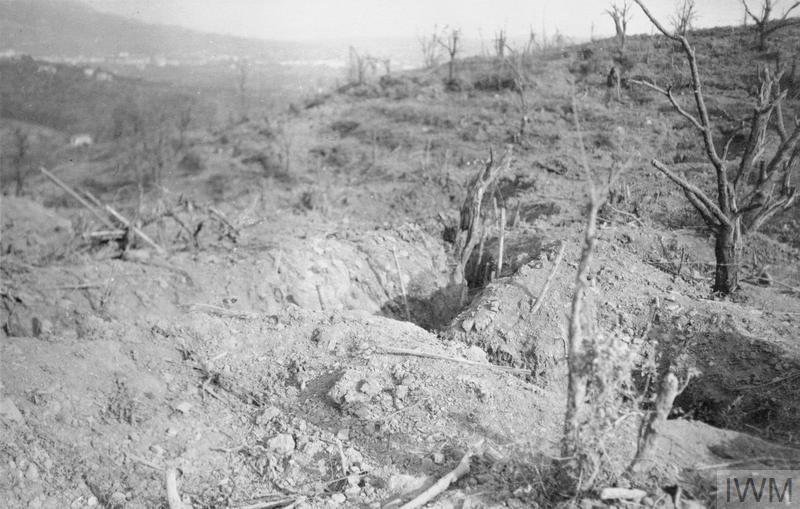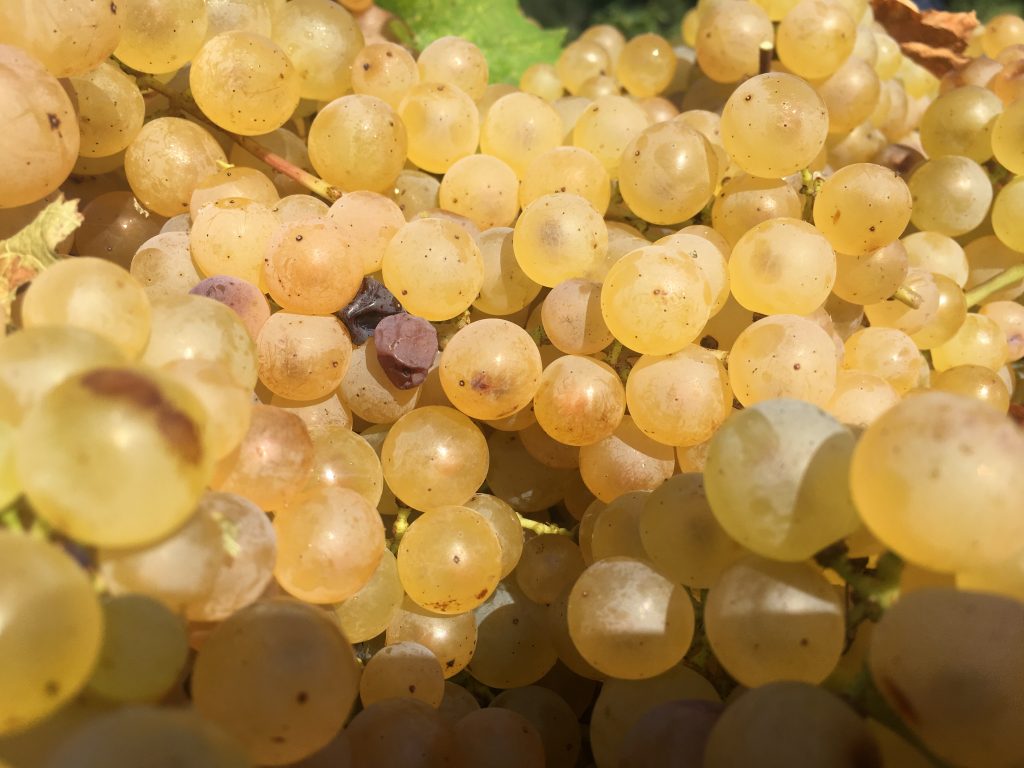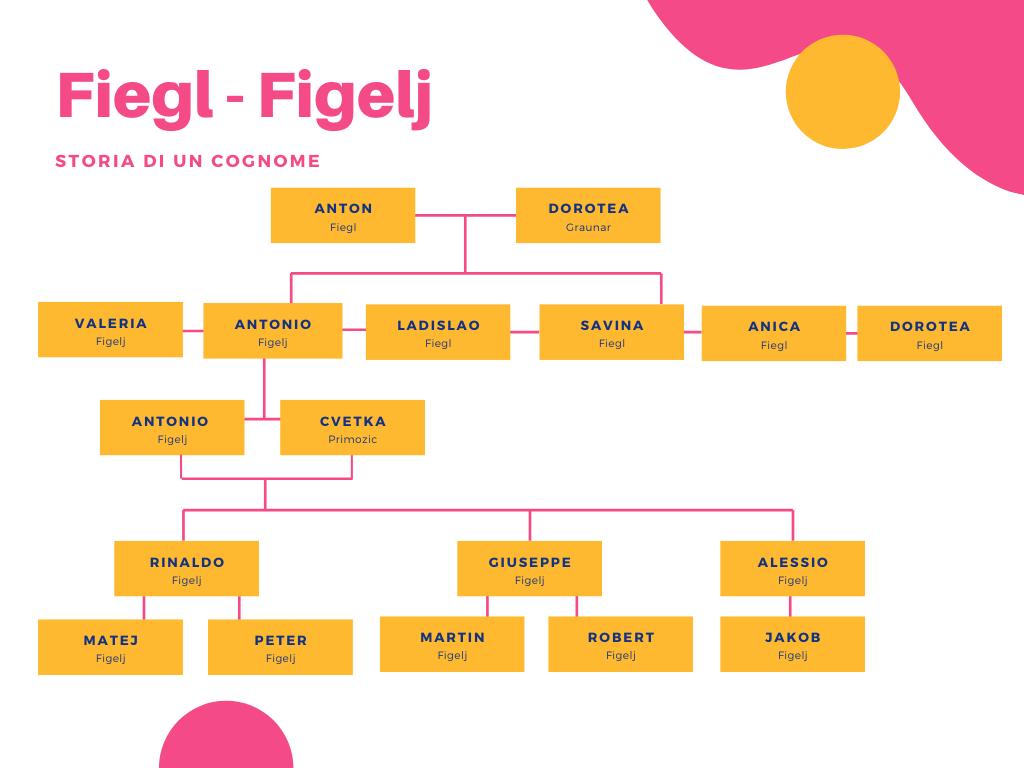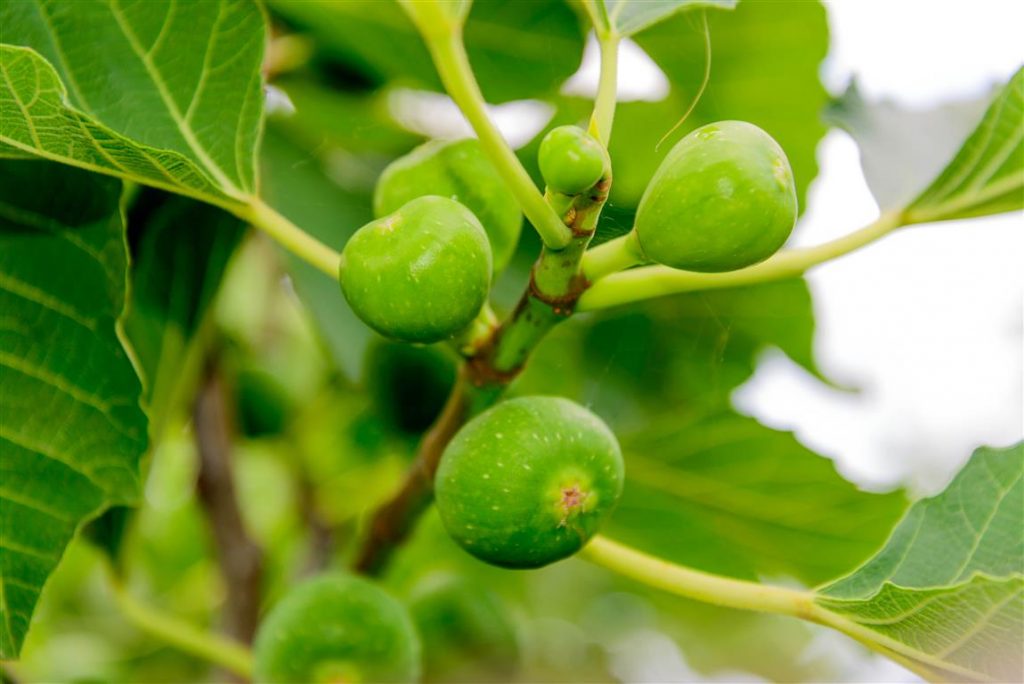
Fiegl or Figelj? The history of a surname and a brand.
The other day, during a tasting in Treviso, I got a question from someone in the audience. “Sorry, but your surname is Fiegl or Figelj?”
When I had given him my answer, the wine lover said: “could you write an article so we can all read about your incredible history.”
Hence, here I am writing this article about our family history.
It all started back in 1782. That was the year Valentin Fiegl bought his first vineyard plot, called Meja, in Oslavia. Valentin had arrived in Oslavia a couple of years before from Trieste, where he had moved during the reign of Maria Teresa. Valentin was originally from Tuln, a village 30 km from Vienna. In Oslavia, he dedicated himself to agriculture, a family profession handed down from generation to generation until today.
The last harvest in Oslavia was in 1914. It was a harvest carried out by the women, as the men left in August for the front in Galizia. In May 1915, the war arrived to Oslavia. After two and a half years of bloody battles, the landscape was a deserted wasteland.

Slowly the people of Oslaviani started to roll up their sleeves and work together. They rebuilt the entire village, apart from the church. Oslavia was transferred under the Piuma parish. As Oslavia was no longer part of the Habsburg Empire, they suddenly found themselves without any market for the early produce that they cultivated. We went from being considered southerners to being northerners…
Luckily, there was a sign from above. According to the legend, only one vine shoot budded in the destruction. That vine was Ribolla Gialla. With foresight, they decided to abandon the cultivation of fruit and vegetables to focus entirely on viticulture.

The after-WWI period was very troubled all over Italy. Gabriele D’Annunzio talked about the mutilated victory; disorder was on the daily agenda. It was in this climate that the first fascist squads popped up. The situation degenerated very quickly in our area. The hatred towards the Slovenian population started to show itself in Friuli. As a family, we have always been a proud part of the Slovenian minority in Italy.
In 1920, Narodni Dom, the Slovenian polyfunctional center in Trieste, was burnt down. In 1923, the proclamation of the royal decree 2185, Article 17, prohibited teaching the Slovenian language in schools, ending in 1937 with the homicide of Lojze Bratuž in Gorizia. As a reminder, Mussolini proclaimed the race laws in Trieste on 18 September in 1938. Another curiosity to mention is that two days afterwards, he came to Oslavia to inaugurate the Ossuary.
In this boiling atmosphere, Anton Fiegl and Dorotea Graunar gave birth to their firstborn daughter, Valeria, in 1921. Already the year after, in 1922, Antonio was born. The parish priest in Piuma registered the births. In order to make the territory more “Slovenian”, he changed the surname to Figelj. A surname that originates from Goriška Brda, meaning grower of figs (fig in Slovenian is figa).
Further on in 1927, Ladislao was born. Fascism had a much stronger influence by then, therefore the priest registered him as Ladislao Fiegl. The surname of the sisters Savina, Anica, and Dorotea who were born successively was not changed.
The family found itself in a strange situation. Father, mother and some of the children had the German surname Fiegl, while the two first born had had the surname changed to Figelj.
Antonio Figelj was my grandfather, the father of Rinaldo, Giuseppe, and Alessio. As a result, we all have the surname Figelj. When the three brothers Rinaldo, Giuseppe, and Alessio had to decide on the brand name of our winery in 1992, they chose their original surname, Fiegl.
A funny story in which all the sufferings this region has endured is contained.


